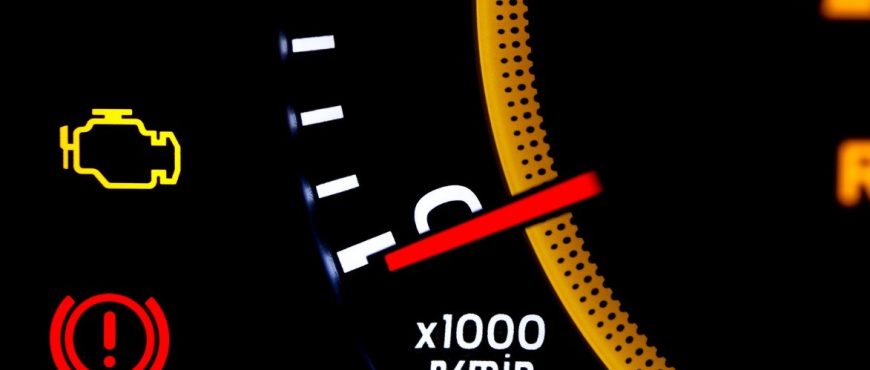With the amount of money we spend on the payments, maintenance, and repair of our cars, you’d think we’d have a better relationship with our vehicles. But understanding our cars—how they work, how to care for them, repair costs—can be overwhelming. All the parts, fluids, guidelines to follow, and things that can go wrong make cars and repair garages seem intimidating, but they don’t have to be.
You don’t need to know everything about your car but you should have a handle on some of the basic elements. To help you feel more confident as a car owner, here are five things you should know before you get behind the wheel:
1. Year, make and model
The first thing you should know about your car is the year it was manufactured, the make of the car, and the specific model. This seems like a no-brainer, but you would be surprised at the amount of people who do not know this information. Often they are mistaken on the year or the model, which can lead to big mistakes. Fluids, parts, and the accessories to repair and maintain your car are all based on the car’s year, make and model, so it’s critical to know the exact information. Design, construction and models of cars can change significantly in a year, and the parts required for your car will as well.
2. VIN
Your Vehicle Identification Number (VIN) is your car’s fingerprint. It is a 17-digit number that identifies your car’s manufacture date, place, make, model, engine size, etc. The VIN stays with the car throughout its life. You need to know where to find this number, but you don’t need to memorize it. The easiest way to find it is to stand outside of the vehicle on the driver’s side and look at the corner of the dashboard where it meets the windshield. Your VIN is useful when talking to mechanics and insurance companies. You can use your VIN to look up information if you want to purchase a car or buy parts for it.
3. Maintenance schedule
Your best bet for keeping your car running well is sticking to your car’s specific maintenance schedule. Your schedule will tell you things like when to change your oil (it’s no longer 3,000 miles or every three months), when to check your fluids and when to rotate your tires. Each car has its own maintenance schedule that should be followed to maintain optimal performance, health and longevity of your car. Your maintenance schedule is in your owner’s manual or in the separate booklet that comes with your owner’s manual. Read it and strictly follow the recommendations for checking and replacing those parts or fluids in your car.
4. Tire pressure
Proper tire pressure is probably the most ignored maintenance concern on our cars. When that light pops up on the dashboard, we often wait until we need to fill up the gas tank. Then that time comes, and we don’t have any change for air or we just don’t feel like doing it. Neglecting this can decrease the life of our tires and force us to buy them more frequently. Tires are expensive, but some can last you over 50,000 miles if you take care of them correctly. On the flip side, make sure to never overfill your tires!
5. Engine light
While we may experience major anxiety when dashboard lights come on, they are a window into our car’s health. I always got nervous when a dashboard light would pop up because I dreaded what the mechanic would say was the cause. Your owner’s manual will tell you what your dashboard lights mean, as they vary among car manufacturers, but they may not express how important or insignificant certain lights are. I separate dashboard lights into three categories:
- Red: Get help now! These are sometimes related to passenger safety.
- Yellow: Check this out as soon as possible!
- Green or blue: Go or activated!
Understanding these key pieces of information is your first step to feeling in control of your car, talking to a mechanic with confidence and making better choices for your car’s maintenance.
Via Progressive



